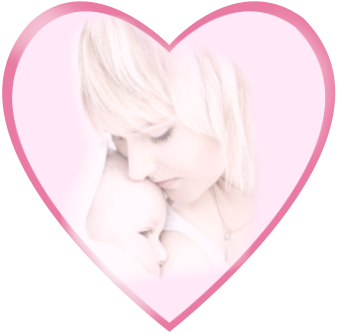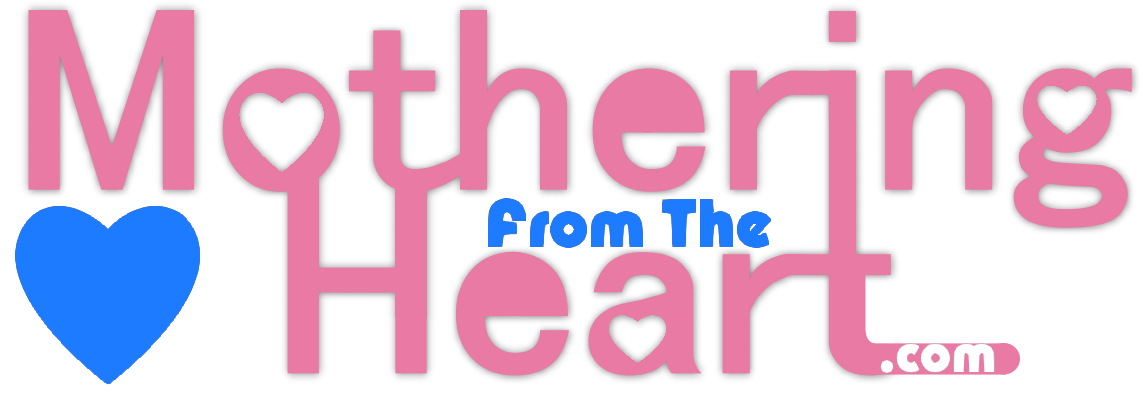
Navigation
HomeProduct Catalog
Contact
About Us
Services
Shipping & Returns
Low Price Guarantee
Product Categories
BreastpumpsBreastpump Accessories and Parts
Feeding devices
Nursing Accessories
Rentals
Breastfeeding Help
Breastfeeding Help OnHelp for Flat or Inverted Nipples!!
Help for Nursing Moms
Breastfeeding Info
Why is Breastfeeding So Important?101 Benefits of Breastfeeding
What do the Scriptures Say About Breastfeeding?
Breastfeeding: It's Every Woman's Right
Mothering From The Heart

Promote Your Page Too

Using Gentian Violet
Gentian violet (1% solution in water) is an excellent treatment for Candida albicans. Candida albicans is a fungus which may cause an infection of skin and/or mucous membranes (inside of mouth, for example) in both children and adults. In small children, this yeast may cause white patches in the mouth (thrush), or diaper rash. When the nursing mother has a Candidal infection of the nipple, she may experience severe nipple pain, as well as deep breast pain.
Nipple pain caused by Candida albicans
The pain caused by a Candidal infection is generally different from the pain caused by poor positioning and/or ineffective suckling. The pain caused by a Candidal infection:
1. Is often burning in nature, rather than the sharp, stabbing or pinching pain associated with other causes. Burning pain may be due to other causes, however, and pain due to a Candidal infection does not necessarily burn.
2. Frequently lasts throughout the feeding, and occasionally continues after the feeding has ended. This is in contrast to the pain due to other causes which usually hurts most as feeding begins, and gradually improves as the baby nurses.
3. May radiate into the mother's armpit or into her back.
4. May cause no change in appearance of the mother's nipples or areolas, though there may be redness, or some scaling, or the skin of the areola may be smooth and shiny.
5. Not uncommonly will begin after a period of pain free nursing. This characteristic alone is reason enough to try treatment for Candida. However, milk blisters on the nipple also may cause nipple pain after a period of pain free nursing as may eczema or other skin condition.
6. May be associated with recent use of antibiotics by the baby or mother, but not necessarily.
7. May be quite severe, may or may not be itchy.
8. May occur only in the breast. This pain is often described as "shooting", or "burning" in nature, and is often worse after the feeding is over. It is often said to be worse at night. At the same time, the breast appears or feels normal. This is not mastitis and there is no reason to treat with antibiotics. On the contrary, antibiotics may make the problem worse.
Please Note:
a) The baby does not have to have thrush in his mouth.
b) A Candidal infection of the nipple may be combined with other causes of soreness.
Using Gentian Violet
We believe that gentian violet (combined with "all purpose nipple ointment", see Treatments for Problems handout #24) is the best treatment of nipple soreness due to Candida albicans for the breastfeeding mother. This is because it works almost always, and relief is rapid. It is messy, and will stain clothing (actually, it usually will wash out), but not skin. The baby's lips will turn purple, but the purple will disappear after a few days. Gentian violet is available without prescription but is not available at all pharmacies. Call around before going out to get it.
1) About 10 ml (two teaspoons) of gentian violet is more than enough for an entire treatment.
2) Many mothers prefer doing the treatment just before bed so that they can keep their nipples exposed and not worry about staining their clothing. The baby should be undressed to his diaper, and the mother should be uncovered from the waist up. Gentian violet is messy.
3) Dip an clean ear swab (Q-tip) into the gentian violet.
4) Put the purple end of the ear swab into the baby's mouth and let him suck on the swab for a few seconds. The gentian violet usually spreads around the mouth quickly. If it does not, paint the inside of the mouth to cover as much of the inside of the cheeks and tongue as possible.
5) Put the baby to the breast. In this way, both the baby's mouth and your nipple are treated.
6) If, at the end of the feeding, you have a baby with a purple mouth, and two purple nipples, there is nothing more to do. If only one nipple is purple, paint the other one with the ear swab and the gentian violet. In this way, the treatment is finished in one go.
7) Repeat the treatment each day for three or four days (see handout Candida Protocol for how long to use gentian violet).
8) There is often some relief within hours of the first treatment, and the pain is usually gone or virtually gone by the third day. If it is not, it is unlikely that Candida was the problem, though it seems Candida albicans is starting to show some resistance to gentian violet, as it already has to other antifungal agents. Of course, there may be more than one cause of nipple pain, but after three days the contribution to your pain caused by Candida albicans should be gone. However, if your pain is virtually gone after 3 or 4 days, but not completely, you can use gentian violet a few more days if necessary.
9) All artificial nipples that the baby uses should be boiled daily during the treatment, or well covered with gentian violet. Consider stopping artificial nipples.
10) There is no need to treat just because the baby has thrush in his mouth. The reason to treat is the mother's and/or the baby's discomfort. Babies, however, do not commonly seem to be bothered by thrush.
11) Uncommonly, babies who are treated with gentian violet develop sores in the mouth which may cause them to reject the breast. If this occurs, or if the baby is irritable while nursing, stop the gentian violet immediately, and contact the clinic. The sores clear up within 24 hours and the baby returns to feeding.
If the infection recurs, treatment can be repeated as above. But if the infection recurs a third time, a source of reinfection should be sought out. The source may be the mother who may be a carrier for the yeast (but may have no sign of infection elsewhere), or from artificial nipples the baby puts in his mouth. Treatment of the mother (usually with a medication other than gentian violet) at the same time as treatment is repeated for the nipples will usually eliminate reinfection. Contact the clinic.
Handout #6. Using Gentian Violet Revised January 2000
Written by Jack Newman MD, FRCPC


